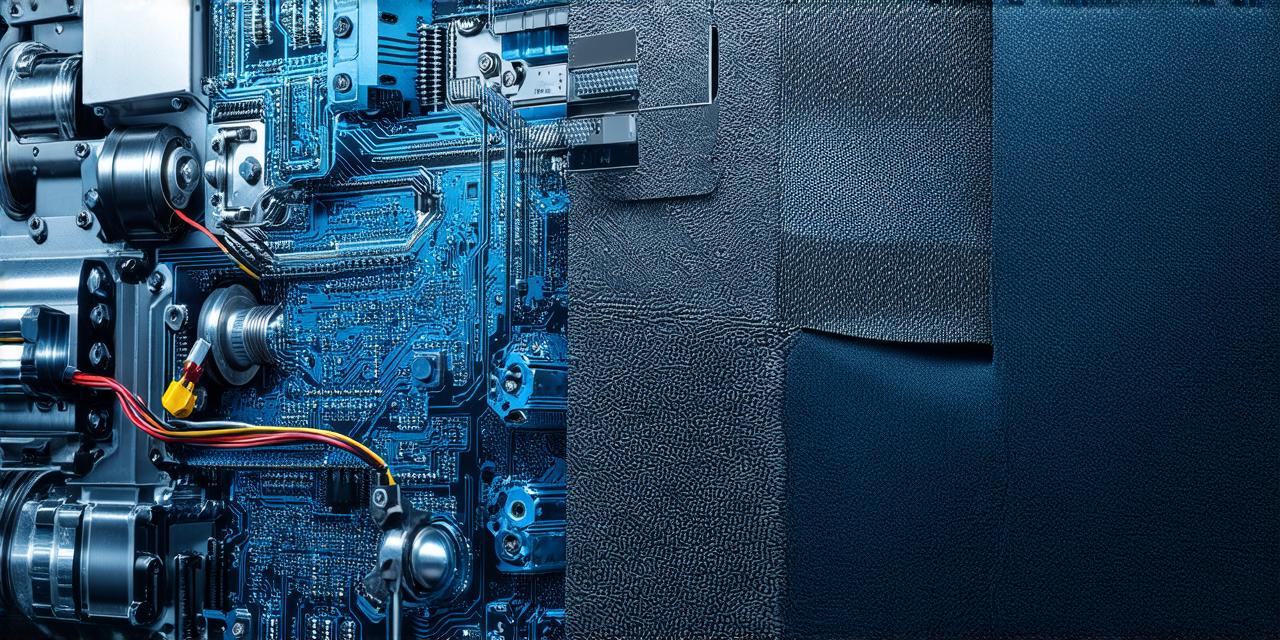1. Choosing the Right Display Size and Resolution
The display size and resolution are two crucial factors that affect DVR development performance. The display’s size determines the field of view (FOV) of the VR headset, which affects the user’s immersion level. A larger display size generally provides a wider FOV, making the user feel more immersed in the virtual environment.
However, increasing the display size also increases the power consumption of the device, which can affect its performance. Therefore, it is essential to balance the display size with the device’s power requirements and the target market’s expectations. A smaller display size may be suitable for devices that require portability or low power consumption, while larger displays may be more suitable for desktop VR systems.
The resolution of the display is another critical factor that affects DVR development performance. Higher resolutions provide a clearer image, making it easier for users to distinguish between objects in the virtual environment. However, higher resolutions also increase the processing power required by the device, which can affect its performance.
Therefore, VR developers need to balance the resolution with the device’s power requirements and the target market’s expectations. A lower resolution may be suitable for devices that require low power consumption or portability, while higher resolutions may be more suitable for desktop VR systems where performance is critical.
2. Optimizing Refresh Rate
The refresh rate of the display is another crucial factor that affects DVR development performance. The refresh rate determines how often the display updates the image, which affects the user’s perception of motion in the virtual environment. A higher refresh rate provides a smoother experience, making the user feel more immersed in the virtual world.
However, increasing the refresh rate also increases the processing power required by the device, which can affect its performance. Therefore, it is essential to balance the refresh rate with the device’s power requirements and the target market’s expectations. A lower refresh rate may be suitable for devices that require low power consumption or portability, while higher refresh rates may be more suitable for desktop VR systems where performance is critical.
3. Using Efficient Hardware
The hardware used in DVR development plays a critical role in achieving optimal performance. The processor, graphics card, and memory used should be optimized for VR applications. Using efficient hardware can reduce power consumption, which improves the device’s battery life and reduces heat generation.
Moreover, using efficient hardware also ensures that the device can handle complex tasks such as rendering high-resolution images in real-time. This is essential for providing an immersive experience that feels like the real world. VR developers need to choose hardware components that are optimized for VR applications and have low power consumption.
4. Optimizing Software Settings
The software settings used in DVR development can significantly affect the device’s performance. The graphics quality, anti-aliasing, and motion blur settings should be optimized for VR applications to provide the best possible user experience.
Moreover, the software should also be designed to minimize latency, which is the time delay between the user’s actions and the device’s response. Minimizing latency ensures that the user’s movements are reflected in the virtual environment in real-time, providing a more immersive experience. VR developers need to optimize software settings to ensure that the device provides an optimal performance for the target market.
5. Implementing Power Management Techniques
Power management techniques can help optimize DVR development by reducing power consumption while maintaining optimal performance. These techniques include dynamic voltage and frequency scaling (DVFS), which adjusts the processor’s speed and voltage based on workload, and power gating, which turns off unused parts of the device to reduce power consumption.
Moreover, VR developers can also implement sleep mode, where the device automatically enters a low-power state when not in use for a certain period. Sleep mode ensures that the device consumes minimal power while still preserving the user’s progress and settings. VR developers need to implement power management techniques to reduce power consumption and improve battery life.
6. Conducting Extensive Testing and Optimization
Finally, VR developers need to conduct extensive testing and optimization to ensure that the device provides optimal performance for the target market. They can use simulation tools to test the device’s performance under different scenarios and make necessary adjustments to improve performance.
Moreover, VR developers can also conduct user testing to gather feedback on the device’s performance and identify areas for improvement. User testing ensures that the device provides an optimal experience for the target market and meets their expectations.
In conclusion, optimizing DVR development for better performance is essential for providing users with an immersive experience that feels like the real world. VR developers need to consider several factors such as display size and resolution, refresh rate, hardware components, software settings, power management techniques, and user testing to achieve optimal DVR development performance. By following these tips, VR developers can create devices that provide a seamless and immersive experience to users.
